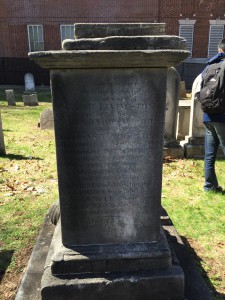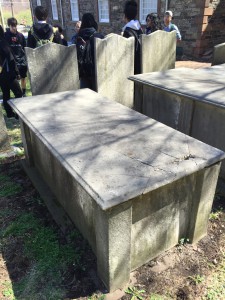
The Blawenburg Reformed church is located in Montgomery Township, NJ at 452 County Road 518. The church was built in this location to accommodate the growing population of Dutch Reformed Church members in the Blawenburg area in the early nineteenth century. The Church was built in 1830 and the Dutch Reformed Church helped but the building into existence. The Blawenburg Reformed Church tells the story of the strong influence of the Dutch in central New Jersey in the eighteenth and nineteenth centuries. The Dutch population in this rural farm town was clearly large, as another Dutch Reformed Church existed in neighboring Harlingen only four miles away. Although this artifact is not related to Rutgers directly, our university did originally function as a seminary for this denomination, making it a possibility that some of the Blawenburg Reformed preachers received their instruction at Rutgers. This church actually has a personal connection to one of our group members, as her parents were married in the building, and this is just another example of the far-stretching influence of the Dutch in everyday American life. This church still has an active congregation currently, and its historical value is appreciated by the congregants. Church member, Grace Terhune, said that the church is, “essential to understanding Blawenburg and its history”, and that it formed “the center of the town” along with the schoolhouse. Indeed, this landmark, still in use, is rich in historical significance and important in revealing the story of the Dutch in America.
The Blawenburg Dutch Reformed Church has the design of a classic American chapel: a large, wooden building with a gabled roof and a gorgeous steeple. The structure that stands today is not quite the one raised in three days back in 1830 – several additions have been added since its original construction. In 1860 the pulpit was moved 20 feet to allow more room for the growing congregation. In the same decade, a bell was donated and a pipe organ was added. In the 1890s the church was electrified and the ceiling was renovated. An education wing was added in the 1950s. Despite all of these renovations, sitting in one of the wooden pews of the church one still gets the sense that they are a part of history: the congregation has done a wonderful job preserving the original architecture, and every square inch of the building has a bit of history behind it.
David Kornmehl, Kyle Silver, Erin Kelly -Section 04
Sources:
http://blawenburg.rcachurches.org/
“Interview 2.” Interview by James Misek. Blawenburg Reformed Church. N.p., n.d. Web.


